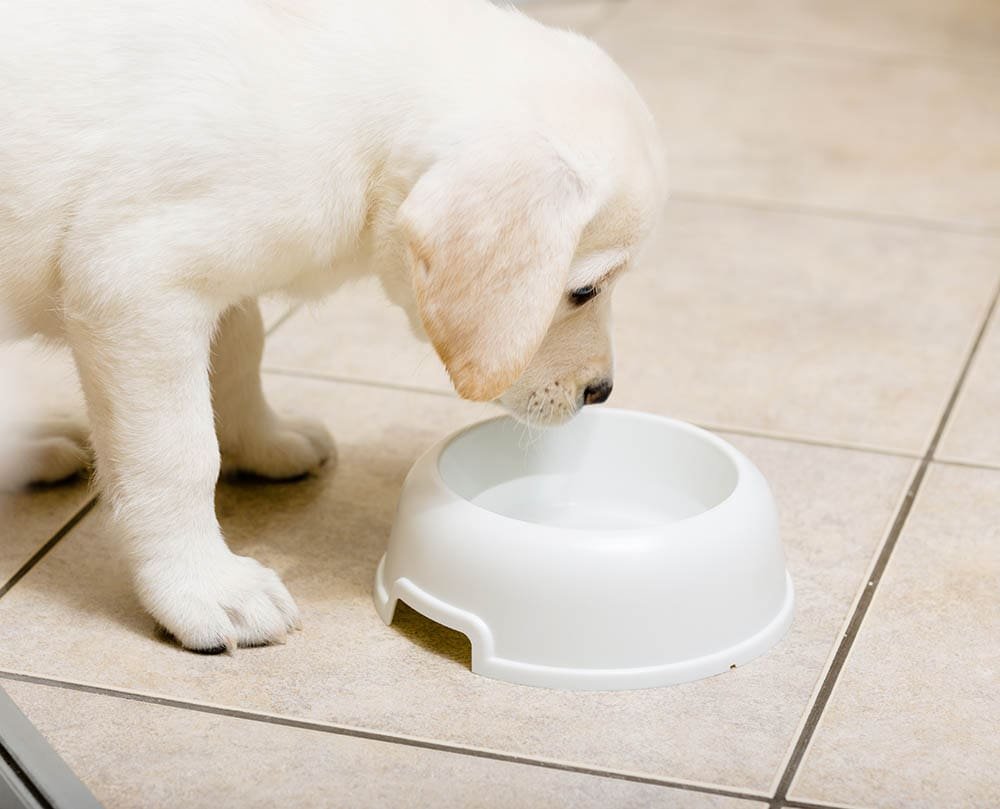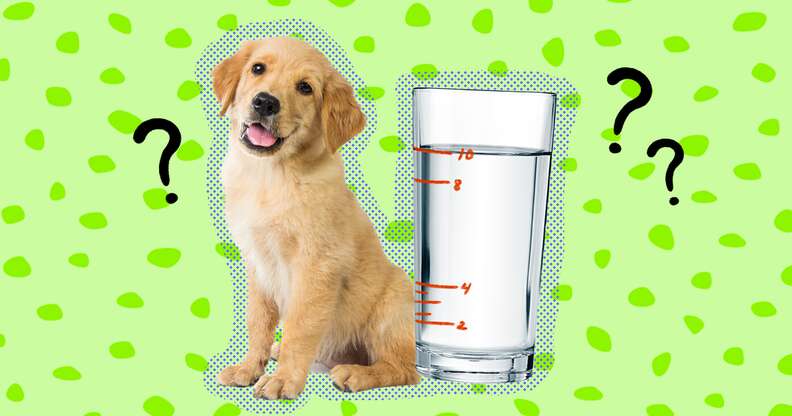
Bringing a new puppy into your home is an exciting and rewarding experience. As a responsible pet owner, one of your primary concerns is ensuring your puppy’s health and well-being. Proper hydration is essential, but when can puppies drink water? In this guide, we’ll explore the important aspects of introducing water to your puppy and ensuring they stay properly hydrated.
The Early Days
During the first few weeks of a puppy’s life, their hydration needs are met through nursing from their mother. Mother’s milk provides essential nutrients and hydration for growing puppies. At this stage, there’s no need to offer additional water.
Transition to Solid Food
As your puppy transitions to solid food, typically around the age of three to four weeks, they will naturally start to consume more water. This is a critical phase as puppies are more susceptible to dehydration during this transition. Ensure that fresh and clean water is always available for them.
Introducing a Water Bowl
Around the age of six weeks, puppies can usually start drinking water from a bowl. Here are some essential tips for introducing a water bowl:
- Use a Shallow Bowl: Choose a shallow, sturdy bowl that is difficult to tip over. Puppies can be clumsy, and you want to minimize mess.
- Frequent Offerings: Offer water frequently, especially after playtime and meals. Puppies are active and can become thirsty quickly.
- Supervision: Initially, supervise your puppy when drinking to make sure they understand how to use the water bowl and don’t play in it.
- Clean Water: Always provide clean, fresh water. Puppies are more likely to drink when the water is appealing.

Monitoring Hydration
It’s crucial to monitor your puppy’s hydration. Signs of dehydration in puppies include dry gums, lethargy, sunken eyes, and a loss of skin elasticity. If you suspect your puppy is dehydrated, consult your veterinarian immediately.
Gradual Adjustments
As your puppy continues to grow, their water intake will increase. Adjust the amount of water you offer accordingly. It’s essential not to restrict access to water unless advised by your veterinarian for a specific reason.
Special Considerations
- Breed Size: Smaller breeds may require less water than larger breeds, so it’s important to consider your puppy’s individual needs.
- Weather: Hot weather or increased physical activity can lead to higher water requirements. Always ensure access to water during these times.
Knowing when and how to introduce water to your puppy is crucial for their health and development. While the initial stages rely on mother’s milk, transitioning to solid food and a water bowl is a natural progression. As a responsible puppy owner, your vigilance in monitoring their hydration needs ensures they grow into healthy and happy dogs. Remember, each puppy is unique, so be attentive to their individual requirements and consult your veterinarian for guidance when needed.
